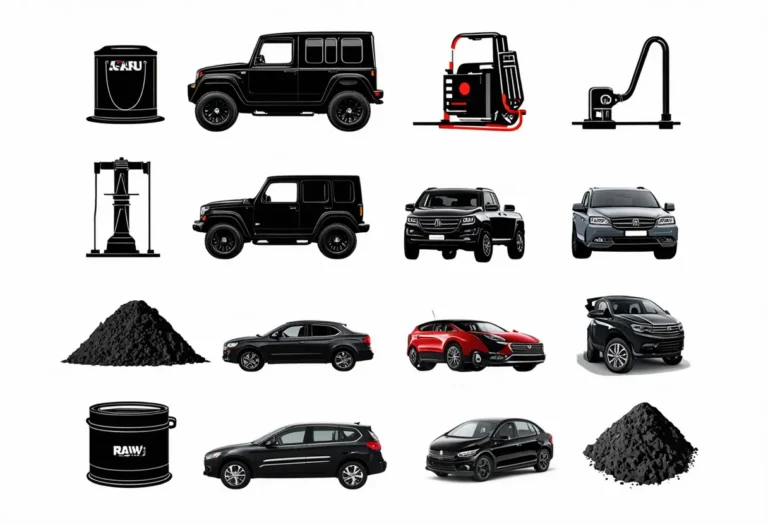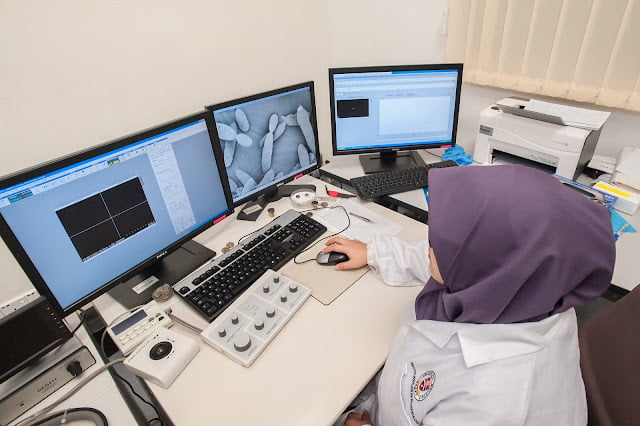Algeria, with a population of 44,903,225, is ranked 33rd globally, just behind Argentina. Located in North Africa, it covers a total area of 2,381,741 sq. km, ranking 10th, just behind Kazakhstan.
Algeria’s economic position in 2022 is notable, with a GDP of $194,998,449,769.085, ranking 54th globally. It follows Greece, which has a GDP of $217,581,324,512.059. In terms of GDP per capita, Algeria ranks 117th with $4,342.63797. It lags behind Ukraine, which has a GDP per capita of $4,533.97559.
Despite facing challenges, Algeria’s economy shows potential for growth and development in the coming years.
What are the economic activities of Algeria?
- Primary activities: 13.3% of GDP.
- Secondary activities: 39.3% of GDP.
- Tertiary activities: 47.4% of GDP.

Primary Sector of Algeria
Algeria’s primary sector, particularly agriculture, thrives due to its diverse climate and abundant natural resources. With 17.35% of the land dedicated to agriculture, the country produces a variety of crops like potatoes, wheat, milk, watermelons, and more. Despite contributing 13.3% to the GDP, agriculture plays a crucial role in the economy.
The top ten agricultural products in 2022 include potatoes, wheat, milk, and oranges. This sector’s significance lies in the variety of crops and animal products produced, sustaining the country’s agricultural sector and ensuring food security.
With a diverse geological landscape, the primary sector thrives in Algeria. Rich in petroleum, natural gas, iron ore, phosphates, uranium, lead, and zinc, these resources drive the economy, making the country a key player in the global market.
Algeria’s gas production of 100,800 million m³ in 2020 solidifies its position as the 10th largest natural gas producer globally.
Secondary Sector of Algeria
What is the secondary sector or what are secondary activities?
The secondary sector involves industries that transform raw materials into finished products for consumption. In Algeria, the main industrial products include petroleum, natural gas, light industries, electrical products, petrochemicals, and food processing. These products are manufactured for domestic consumption and export, contributing significantly to the country’s economy.
In 2023, Algeria’s total exports were dominated by natural resources, with manufactures accounting for a small percentage. This indicates a heavy reliance on raw materials rather than value-added products in the country’s export economy.
Tertiary sector of Algeria
What is the tertiary sector or what are tertiary activities?
The tertiary sector in Algeria encompasses services that involve knowledge and time to enhance productivity and meet needs. This sector includes intangible goods like advice and expertise, catering to both consumers and businesses. Key activities in Algeria’s tertiary sector are healthcare and medical care, education and training, banking and finance, communication and information exchange, tourism and hospitality, and transportation and logistics. These services play a crucial role in the country’s economy by providing essential support and enhancing overall quality of life.
Notably, Algeria’s tourism industry plays a minor role in its overall economy, with an annual arrival of 2,371,000 tourists, which translates to a mere 0.0528 tourists per capita. This low tourist influx suggests that the country’s economic growth is primarily driven by other sectors, such as oil and gas exports or manufacturing industries, rather than relying heavily on tourism revenue.
Another example of tertiary economic activity is the mobile cellular sector, with 49 million subscriptions, supporting technological growth by enhancing communication, fostering innovation, and driving digital services across various industries.
Military Activities and Economic Sectors of Algeria
The military is a good example of many economic activities. In the primary sector, resources are extracted for military use, like oil and minerals. The secondary sector includes the manufacturing of military equipment, such as weapons and vehicles. Services provided by the military fall under the tertiary sector, while military research and development belong to the quaternary sector. Finally, high-level military decision-making is part of the quinary sector.
In Algeria, the military expenditure for 2023 is $18,264 million, which is 4.77% of the country’s GDP. The active military force has 130,000 personnel. This means there are about 11.2 active military members for every 1,000 people in the country.
International Trade of Algeria
Import Activities of Algeria

Algeria’s import activities are of high importance, with total imports in 2023 reaching $4.62 billion, accounting for 23.71% of the country’s GDP.
Algeria’s main import partners are China, France, Italy, Turkey, and Brazil. The country primarily imports wheat, milk, plastics, corn, and iron ore to meet its domestic needs and support its economy.
Exports Activities of Algeria

In 2023, Algeria’s total exports amounted to $68,903,142,532.41, with exports contributing 35.34% to its GDP. This indicates a medium level of importance, highlighting the significant role export activities play in the country’s economy.
Algeria primarily exports natural gas, crude petroleum, refined petroleum, fertilizers, and ammonia. Its key export partners include Italy (29%), Spain (12%), France (12%), the US (5%), and South Korea (5%).
Algeria economy challenges in 2024
Algeria faces economic woes due to its reliance on oil and gas, lack of diversification, and political instability. Poor credit access, declining business confidence, and COVID-19 austerity measures hinder promised reforms, challenging the country in 2024.



Leave a Reply